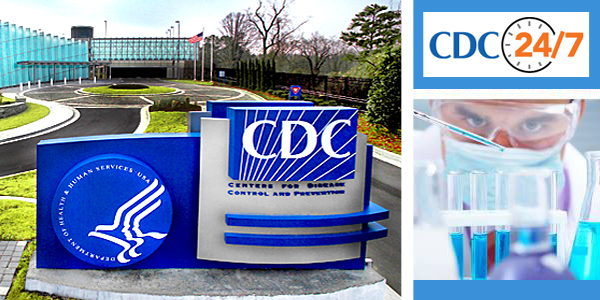U.S. Syphilis Cases in Newborns Continue to Increase: A 10-Times Increase Over a Decade

Key findings
- Almost 9 in 10 cases of newborn syphilis in 2022 might have been prevented with timely testing and treatment during pregnancy.
-
- More than half were among people who tested positive for syphilis during pregnancy but did not receive adequate or timely treatment.
- Nearly 40 percent were among mothers who were not in prenatal care.
One of the biggest risk factors for syphilis for some people is where they live. According to previous CDC data, in 2021, more than 70 percent of the U.S. population lived in counties considered to have high rates of syphilis among reproductive-age women (above the Healthy People 2030 target).
Barriers to timely syphilis testing and treatment during pregnancy
Missed opportunities to prevent newborn syphilis during pregnancy are due to a combination of individual and system-level barriers to timely syphilis testing and treatment. Individual-level barriers may include lack of insurance and substance use disorder, while system-level barriers may include systemic racism and limited healthcare access.
Tailored prevention strategies are critical to addressing newborn syphilis disparities
People from racial and ethnic minority groups are experiencing the brunt of the newborn syphilis epidemic. While newborn syphilis cases are increasing overall, babies born to Black, Hispanic, or American Indian/Alaska Native mothers were up to 8 times more likely to have newborn syphilis in 2021 than babies born to White mothers. Such disparities stem from decades of deeply entrenched social determinants of health that create greater obstacles to quality healthcare services and result in health inequities such as higher rates of syphilis in some communities. Community health workers, including local patient navigators, case managers, and disease intervention specialists, are critical components to developing tailored strategies to reduce newborn syphilis in every community. They play one of the most powerful roles in addressing racial and ethnic disparities in congenital syphilis.

